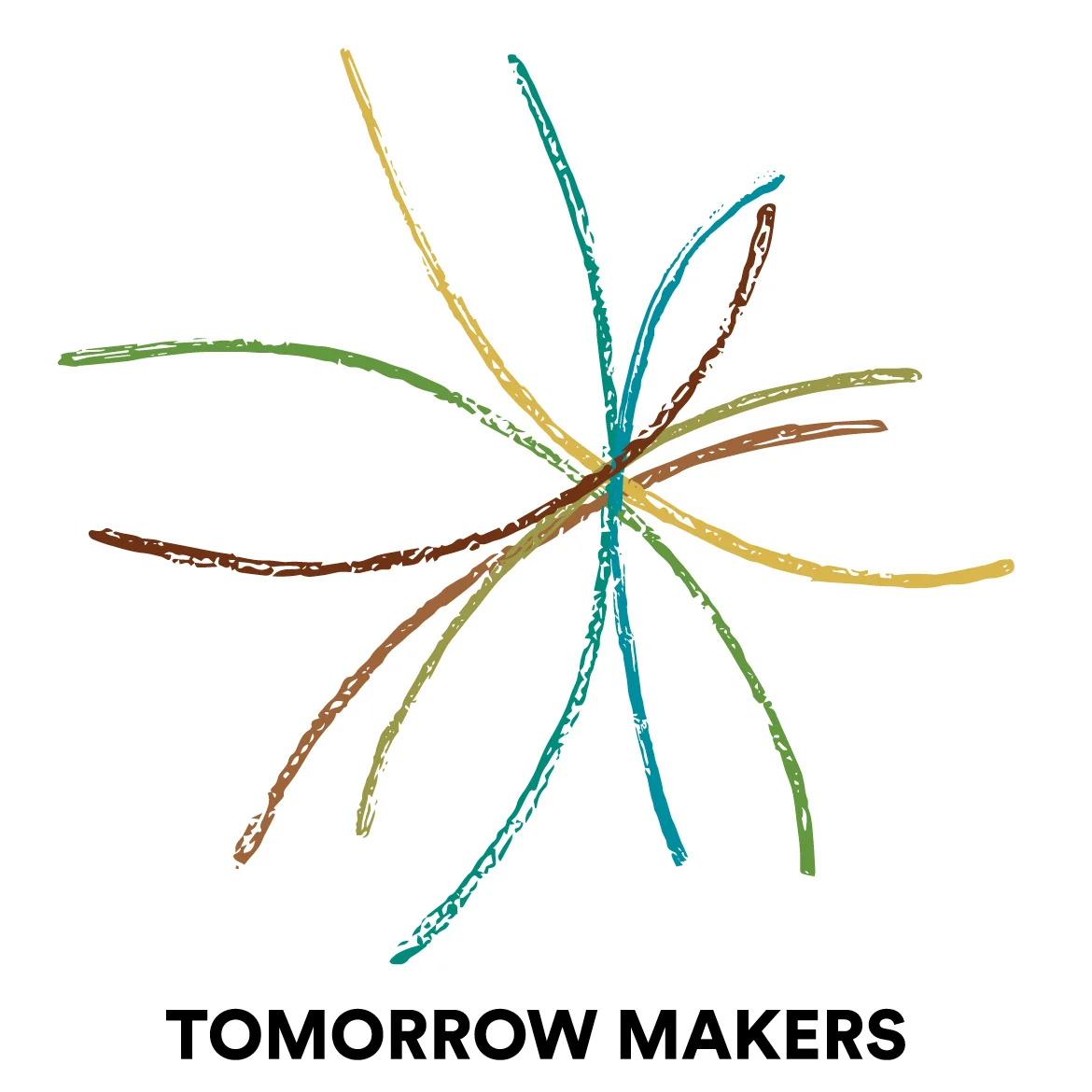Seeing, Feeling, and Engaging Differently
/To tell the story of anything you have to tell the story of everything. Thomas Berry
I was lucky. I was naive. When I started teaching elementary school, I didn't know what I needed to know. I rejected most of what they tried to teach me in the school of education; I simply knew childhood and learning were far more complex and interesting than what my professors offered me. I had no idea what education really was however until my students began to show me.
Kids learn by doing, connecting, playing, exploring, building on each others' ideas. Failure is merely an iteration, not a bad ending. They are not adverse to learning any subject if and when they find the connection to their own lives. Another important learning for me was the larger the class, the easier it was to teach IF I was doing project based learning. In this format, students taught each other! They fed on each other's ideas, iterating and taking ideas deeper and richer, pulling forth what mattered to each student. Diversity of thought and ways of learning are not barriers, given the right process.
When Matt and I founded MG Taylor Corporation in 1980, Matt brought his reading and explorations into complexity science and architecture. I brought experiential education. I had learned that "sitting and getting" passive learning, even when the content was rich, was more destructive than constructive. How can one become an expert without grounded experience and learning from doing? So the methods and processes developed by Matt and myself were highly informed by my project based learning experiences in elementary education.
Instead of talking about the future, or how to solve problems, we engaged our participants in being the future they desired. Instead of talking about possibilities and creating word scenarios, participants simulated possibilities, iterated findings, and discovered for themselves how projects fit together, often creating synergies and savings, not possible by other kinds of learning. Participants were learning -- through doing -- the art of design. We learned that with adults, as I had in the classroom, that diversity and large groups of people were far more able to find new solutions, to see things in ways that were not otherwise obvious.
One effective module that took participants inside the future and helped them connect ideas and possibilities was that of creating time lines that stretched back through time and well into the future. Participants found themselves creating a woven fabric of cause and effect ... if this, than that and challenging themselves to find places where simple actions might change the course of history (mostly within their corporations or communities).
When Todd and I were asked to write a white paper on paradigm shifts, we found ourselves referring to many of the things we had discovered in our work with MG Taylor Corporation and how living within a simulation caused participants to see very, very differently. The idea of wayfinding -- not as a way to find one's way around a mall or airport -- but into the future became a compelling idea for us. Creating time lines way back in the past and into future as much as 100 years is fun and rich in possibilities.
As we move out of one paradigm and into an emerging one, we have great opportunity to help shape it. Thus Todd and I have written a paper called Wayfinding and over the next several months, our journals will be unfoding our thoughts, ending with suggestions for creating community Wayfinding events.
